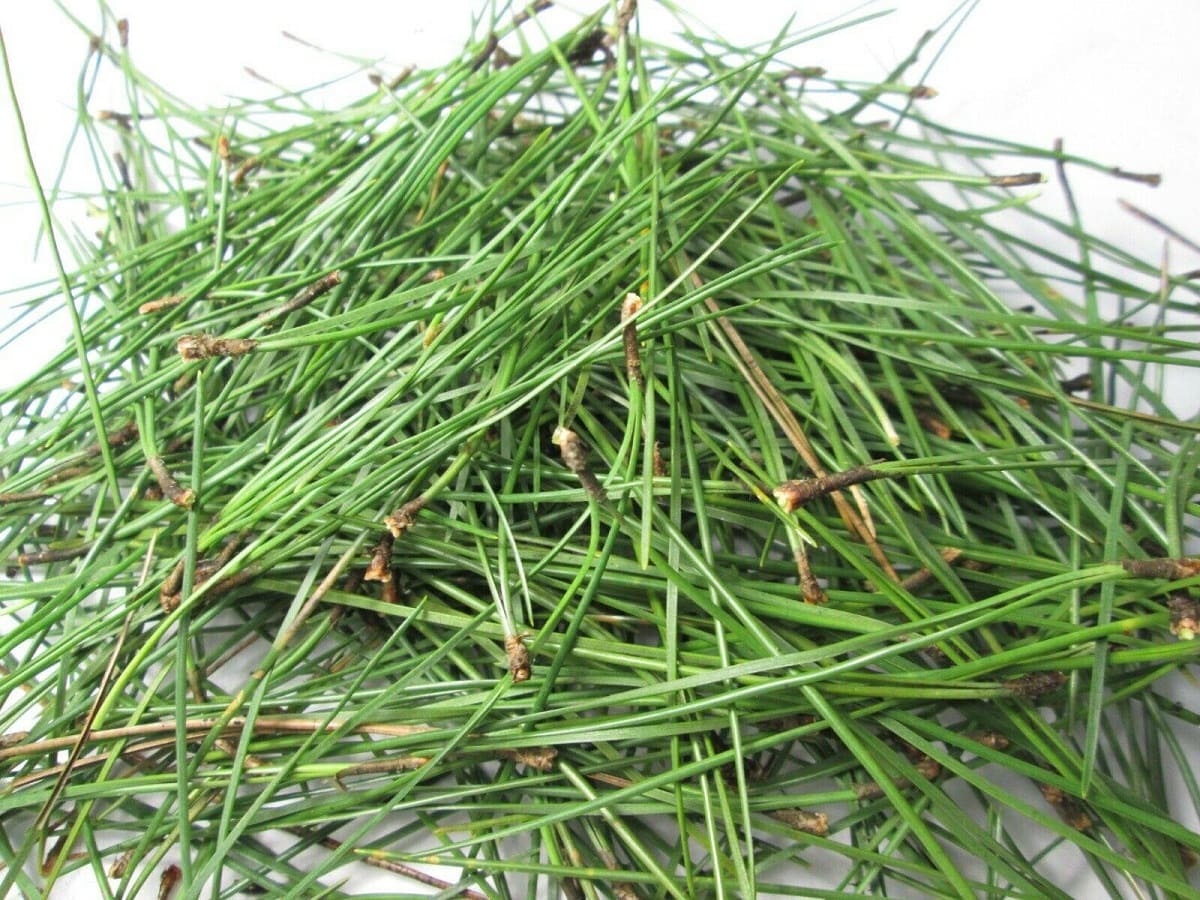

Articles
How To Store Pine Needles For Tea
Modified: December 7, 2023
Learn how to store pine needles for making delicious tea at home. Follow our step-by-step guide in this informative article.
(Many of the links in this article redirect to a specific reviewed product. Your purchase of these products through affiliate links helps to generate commission for Storables.com, at no extra cost. Learn more)
Introduction
Welcome to the world of pine needle tea! A warm and aromatic beverage that has been enjoyed for centuries, pine needle tea offers a unique flavor and a wide range of health benefits. In this article, we will explore the art of storing pine needles for tea, allowing you to enjoy this delightful beverage all year round.
Pine needle tea has been revered for its medicinal properties in various cultures around the world. It is known to be rich in antioxidants, vitamin C, and other essential nutrients. This natural herbal tea is believed to boost immunity, aid in digestion, reduce inflammation, and promote overall well-being.
Before we dive into the process of storing pine needles, let’s first understand how to choose and harvest the right pine needles for tea. It’s important to select fresh, healthy needles from non-toxic pine tree species to ensure the best flavor and therapeutic benefits.
When choosing pine needles, look for ones that are bright green and pliable. Avoid any needles that are brown, dry, or damaged as they may produce a bitter taste. The most common pine trees used for tea are the Eastern White Pine, Red Pine, and Ponderosa Pine, but it’s always a good idea to verify the species with a local expert.
In terms of harvesting, it’s best to gather pine needles in the early morning when the concentration of essential oils is highest. Use clean, sharp scissors or clippers to carefully snip away the needles, leaving a few inches of each branch intact to promote healthy growth.
Now that you have your freshly harvested pine needles, let’s move on to the next step – preparing them for storage. Proper preparation ensures that the tea retains its flavor and potency, even after months of storage.
Key Takeaways:
- Embrace the art of storing pine needles for tea to enjoy its rich flavor and health benefits year-round. From choosing and harvesting to proper storage, savor the natural goodness of pine needle tea with confidence and mindfulness.
- Incorporate pine needle tea into your daily routine for a soothing and delightful experience. With its immune-boosting, anti-inflammatory, and digestive properties, pine needle tea offers a unique way to relax, unwind, and support overall well-being.
Read more: How To Keep Pine Needles Out Of Gutters
Benefits of Pine Needle Tea
Pine needle tea is not just a delightful beverage; it also offers a wide range of health benefits. Let’s explore some of the key advantages of incorporating pine needle tea into your daily routine:
- Rich in antioxidants: Pine needles are packed with antioxidants that help protect the body against damage from harmful free radicals. These antioxidants can help prevent cellular damage, reduce the risk of chronic diseases, and support overall well-being.
- Boosts immunity: Pine needle tea is a natural immune booster. The high vitamin C content in pine needles helps strengthen the immune system, allowing your body to fend off viruses and bacteria more effectively.
- Aids in digestion: Regular consumption of pine needle tea can aid in digestion. It has been found to possess digestive properties that help soothe gastrointestinal issues, relieve indigestion, and improve overall digestive health.
- Reduces inflammation: Pine needle tea contains compounds with anti-inflammatory properties. Regular consumption of this tea may help reduce inflammation in the body, providing relief from conditions such as arthritis and joint pain.
- Supports respiratory health: Pine needle tea has traditionally been used to ease respiratory ailments like coughs and congestion. It can help soothe irritated airways, reduce mucus production, and promote respiratory comfort.
- Provides mental clarity and relaxation: The natural aroma of pine needle tea offers a calming effect on the mind. It can help reduce stress, anxiety, and promote mental clarity. Enjoying a cup of pine needle tea can be a wonderful way to relax and unwind after a long day.
These are just a few of the many benefits associated with pine needle tea. By incorporating this herbal beverage into your daily routine, you can reap the rewards of improved health and well-being.
Choosing and Harvesting Pine Needles
When it comes to making pine needle tea, choosing the right needles is crucial to ensure a flavorful and beneficial brew. Here are some tips for selecting and harvesting pine needles:
1. Pine Tree Identification: It’s important to be able to identify different pine tree species to ensure you’re using the right type of needles. The Eastern White Pine, Red Pine, and Ponderosa Pine are commonly used for tea. Consult a local tree expert or guidebook to familiarize yourself with the characteristics of these trees.
2. Freshness and Color: Look for fresh, bright green pine needles for the best flavor and aroma. Avoid needles that are brown, dry, or damaged, as they may have lost their essential oils and can result in a bitter tea.
3. Needle Length: Choose needles that are about 2 to 4 inches in length. Longer needles can be challenging to handle, while shorter ones may not infuse the tea with as much flavor.
4. Harvesting Time: The best time to harvest pine needles is in the early morning. During this time, the tree’s essential oils and flavor compounds are at their peak concentration.
5. Harvesting Technique: Use clean, sharp scissors or clippers to carefully snip the needles from the branches. Avoid pulling or yanking on the needles, as this can damage the tree. Leave a few inches of each branch intact to promote healthy growth of the tree.
6. Sustainable Harvesting: Practice responsible harvesting by taking only what you need and ensuring you’re not causing harm or stress to the trees. Avoid over-harvesting from a single tree, as this can weaken the tree and disrupt its ecosystem.
By following these guidelines, you can collect fresh and high-quality pine needles for your tea-making endeavors. Remember to show respect for the environment and be mindful of preserving the health and longevity of the trees.
Preparing Pine Needles for Storage
Properly preparing pine needles for storage is essential to maintain their flavor, aroma, and medicinal properties. Here are the steps to follow:
1. Cleaning: Begin by gently rinsing the pine needles under cold running water. This step helps remove any dirt, debris, or insects that may have collected on the needles.
2. Drying: After cleaning, gently pat the pine needles dry with a clean kitchen towel or paper towels. Make sure to remove any excess moisture. Drying the needles is important to prevent the growth of mold or mildew during storage.
3. Removing Brown Needles: Take a moment to inspect the pine needles. Remove any brown or discolored needles, as they may have lost their flavor and can affect the quality of the tea.
4. Bundling: Gather the dry and healthy pine needles into small bundles. Tie the bundles together with a string or twine. This will help keep the needles organized and prevent them from getting tangled during storage.
5. Labeling: It’s helpful to label the bundles with the type of pine tree they come from and the date of harvesting. This information will come in handy when you’re ready to use the stored pine needles for making tea.
6. Storing: Place the labeled bundles of pine needles in an airtight container or a resealable bag. Ensure that the container is clean and dry to prevent moisture from seeping in and affecting the quality of the needles. Store the container in a cool, dark place away from direct sunlight.
By following these steps, you can effectively prepare and store your pine needles for an extended period while preserving their freshness and potency. When stored properly, pine needles can retain their flavor and therapeutic properties for several months.
Store pine needles for tea in an airtight container away from direct sunlight to preserve their flavor and potency. Make sure the container is completely dry to prevent mold growth.
Storing Pine Needles for Long-Term Use
If you want to enjoy the goodness of pine needle tea throughout the year, proper long-term storage is essential. Follow these tips to ensure your pine needles remain fresh and flavorful:
1. Choose the Right Container: Use an airtight container or a resealable bag specifically designed for storing herbs. Make sure it is clean, dry, and free from any odors that can affect the flavor of the pine needles.
2. Temperature and Environment: Store the container in a cool and dark place, away from direct sunlight and heat sources. Pine needles are sensitive to light and heat, which can degrade their quality and flavor over time.
3. Avoid Moisture: Moisture is the enemy when it comes to storing pine needles. Ensure that the container is completely dry before placing the pine needles inside. Moisture can lead to the growth of mold or mildew, ruining the needles and making them unsafe for consumption.
4. Check for Moisture Regularly: Periodically check the stored pine needles for any signs of moisture or condensation. If you notice any, remove the needles from the container, dry them thoroughly, and replace them in a new dry container.
5. Store in Small Batches: It’s recommended to store pine needles in small batches rather than one large batch. This allows you to use smaller portions without exposing the entire supply to air and moisture each time you open the container.
6. Label and Date: To keep track of the freshness and variety of your stored pine needles, label each container with the type of pine tree and the date of storage. This information will help you determine the quality and potency of the needles in the future.
7. Rotation: Pine needles are best consumed within a year of storage to ensure optimal flavor and efficacy. To maintain a fresh supply, consider using the oldest batch first and replenishing your storage with freshly harvested needles each season.
By following these storage guidelines, you can extend the shelf life of your pine needles and continue to enjoy their delightful aroma and health benefits long after their harvest.
Read more: How To Make Baskets Out Of Pine Needles
Using Stored Pine Needles for Tea
Now that you have properly stored your pine needles, it’s time to put them to use and enjoy a delightful cup of pine needle tea. Here’s how to infuse the flavors and goodness of the stored needles into a soothing brew:
1. Selecting the Right Amount: Determine the desired strength of your tea by considering your personal preference. As a general guideline, use about 1 tablespoon of dried pine needles per cup of hot water. Adjust the amount based on your taste preferences.
2. Readying the Water: Bring fresh, filtered water to a boil. For each cup of tea, use approximately 8 ounces of water. Boiling the water helps extract the beneficial compounds from the pine needles.
3. Preparing the Needles: Take the desired amount of stored pine needles and crumble them slightly to release their aromatic oils. This will help enhance the flavor and aroma of the tea.
4. Steeping the Needles: Place the crumbled pine needles in a teapot, infuser, or directly in a cup. Pour the hot water over the needles, ensuring they are fully submerged. Allow the needles to steep for about 5-10 minutes. The longer you steep, the stronger the flavor will be.
5. Straining the Tea: After steeping, strain the tea to remove the pine needles. You can use a fine-mesh strainer, tea infuser, or even a coffee filter to achieve a smooth and debris-free cup of tea.
6. Flavor Enhancement (optional): To enhance the flavor of your pine needle tea, you can add a touch of honey, lemon, or other herbal teas like peppermint or chamomile. Experiment with different combinations to find your preferred taste profile.
7. Enjoying the Tea: Pour the strained tea into your favorite cup and savor the unique flavor and therapeutic properties of pine needle tea. Take a moment to relax, unwind, and appreciate the natural goodness in every sip.
Remember that pine needle tea is meant to be a soothing and enjoyable experience. Adjust the strength, steeping time, and additional ingredients according to your personal preference to create your perfect cup of pine needle tea.
Precautions and Safety Measures
While pine needle tea offers numerous health benefits, it’s important to take certain precautions and follow safety measures. Here are some key points to keep in mind:
1. Tree Identification: Ensure that you accurately identify the type of pine tree before harvesting its needles. Some pine species are toxic and can cause adverse reactions when consumed. Consult a local expert or reliable resources for proper identification.
2. Avoid Contaminated Trees: Do not harvest pine needles from trees that have been exposed to pollutants, pesticides, or other harmful chemicals. Choose trees that are located away from industrial areas, highways, or agricultural fields.
3. Allergies and Sensitivities: If you have known allergies or sensitivities to pine or other related trees, exercise caution when consuming pine needle tea. Start with a small amount and observe your body’s reaction. Discontinue use if you experience any adverse effects.
4. Moderation is Key: While pine needle tea is generally safe to consume, it’s important to drink it in moderation. Excessive consumption may lead to digestive disturbances or other adverse reactions. As with any herbal tea, moderation is key for a balanced and healthy lifestyle.
5. Medication Interactions: If you are taking any medications or have any underlying medical conditions, consult your healthcare provider before adding pine needle tea to your routine. Some compounds in pine needles may interact with certain medications and medical conditions.
6. Store Properly: Ensure that you follow the proper storage guidelines mentioned earlier in this article. Storing pine needles in a clean, dry, and airtight container helps prevent the growth of mold, mildew, or bacterial contamination.
7. Quality and Freshness: Use your stored pine needles within a year for optimal flavor and therapeutic benefits. Over time, the potency of the pine needles may decrease, affecting the quality of the tea.
By adhering to these precautions and safety measures, you can enjoy pine needle tea responsibly, taking full advantage of its potential health benefits while minimizing any potential risks.
Conclusion
Pine needle tea offers a delightful and healthful way to enjoy the natural benefits of pine needles. With its rich flavor, aroma, and numerous medicinal properties, this herbal beverage has been cherished for centuries in different cultures around the world.
In this article, we’ve explored the art of storing pine needles for tea, providing you with the knowledge and guidance to enjoy this beverage all year round. From choosing and harvesting the right pine needles to properly preparing and storing them, we’ve covered the essential steps for preserving their freshness and potency.
Pine needle tea is not just a flavorful drink; it also offers a range of health benefits. Loaded with antioxidants, vitamin C, and other essential nutrients, pine needle tea can boost immunity, aid digestion, reduce inflammation, and promote respiratory health, among other advantages.
As with any herbal beverage, it’s important to exercise caution and follow safety measures. Ensure proper tree identification, avoid contaminated trees, and be mindful of allergies or sensitivities. Moderation and consultation with healthcare professionals are crucial, especially if you have underlying medical conditions or are taking medications.
By following the steps outlined in this article and taking necessary precautions, you can confidently enjoy the flavors and benefits of pine needle tea. Whether you’re seeking relaxation, immune support, or simply a delicious and comforting beverage, pine needle tea can be a wonderful addition to your daily routine.
So, why not explore the world of pine needle tea and experience its unique flavors and healthful properties? Take the time to embrace the beauty of nature and the ancient wisdom that can be found in a cup of pine needle tea.
Frequently Asked Questions about How To Store Pine Needles For Tea
Was this page helpful?
At Storables.com, we guarantee accurate and reliable information. Our content, validated by Expert Board Contributors, is crafted following stringent Editorial Policies. We're committed to providing you with well-researched, expert-backed insights for all your informational needs.
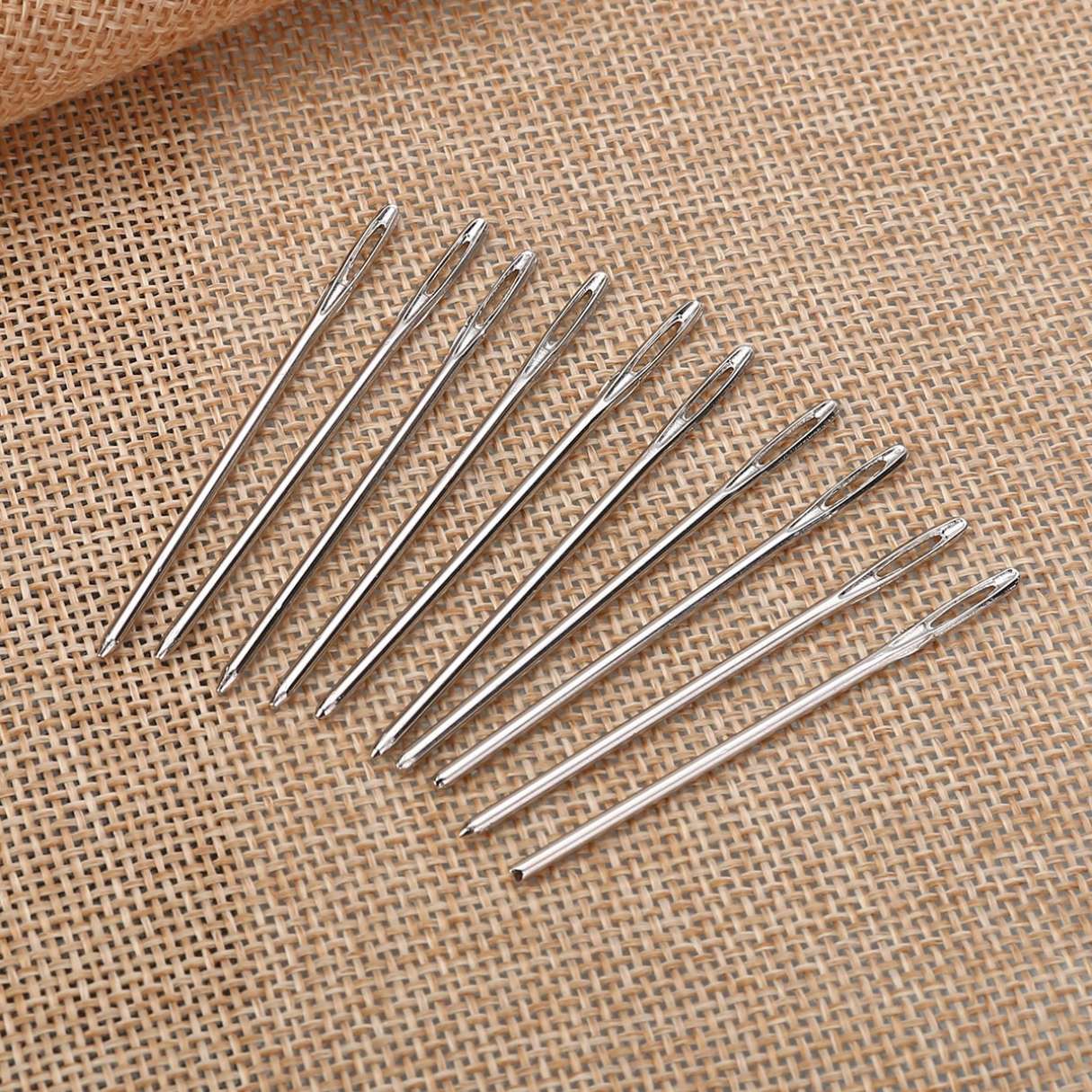


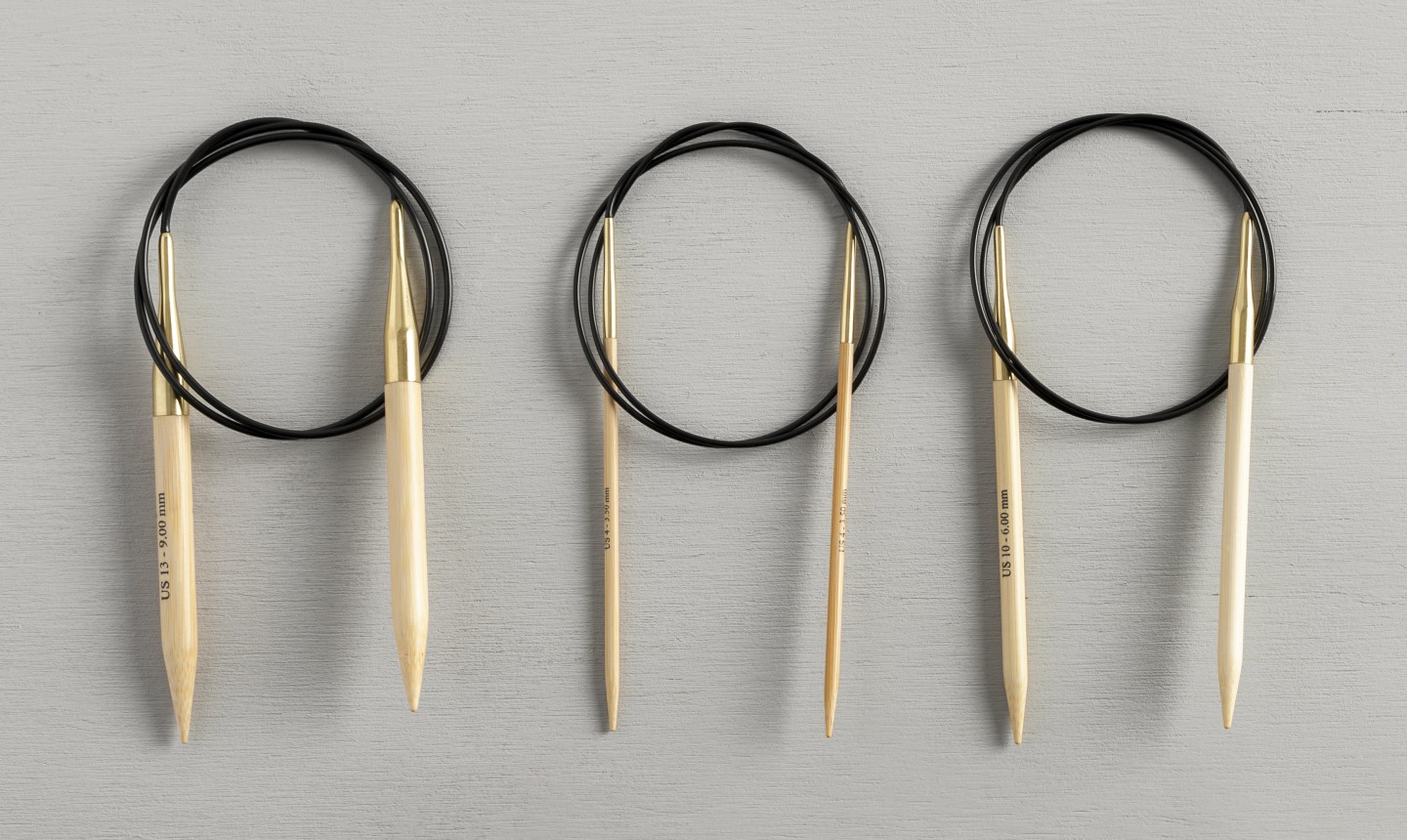
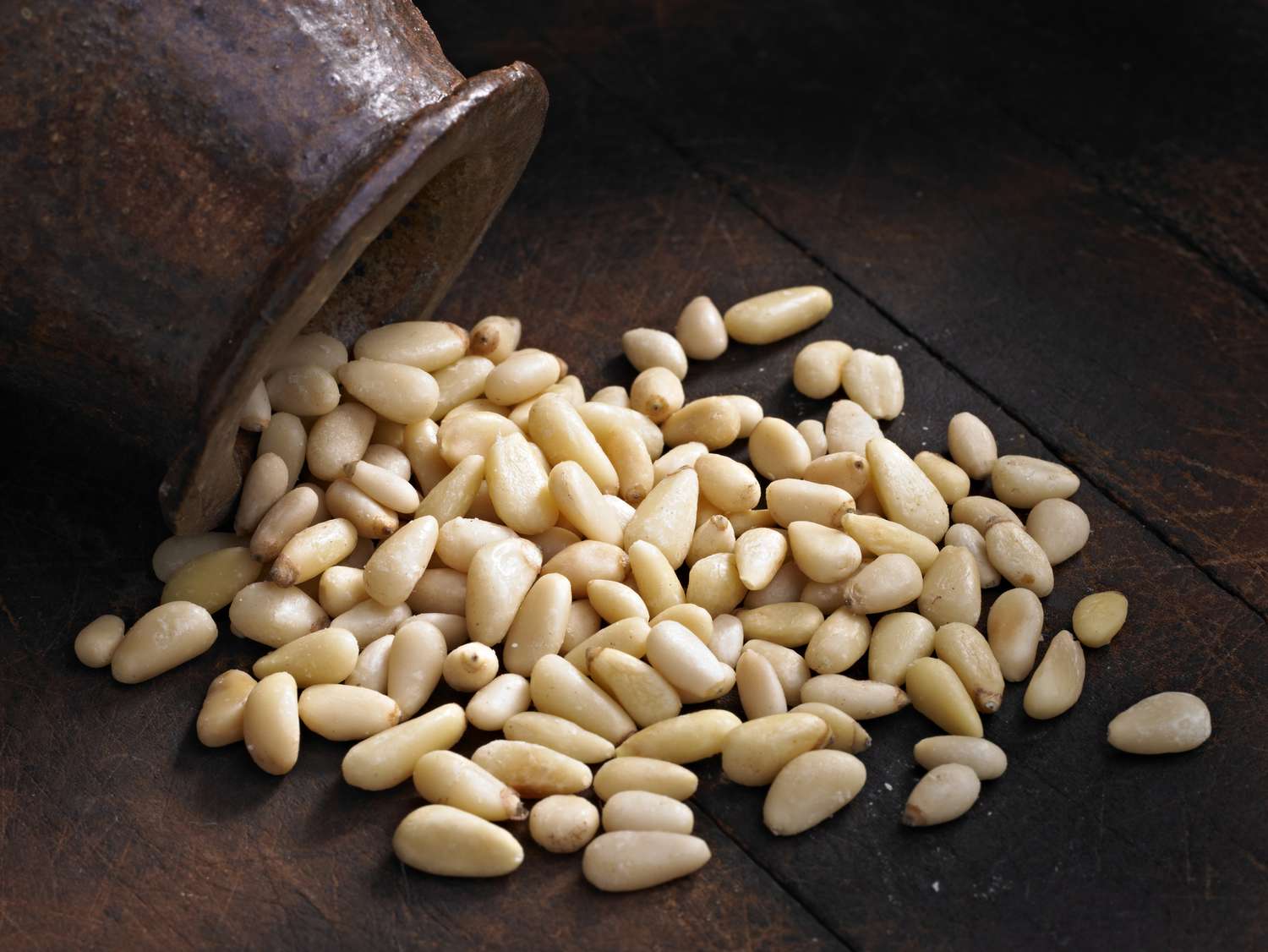
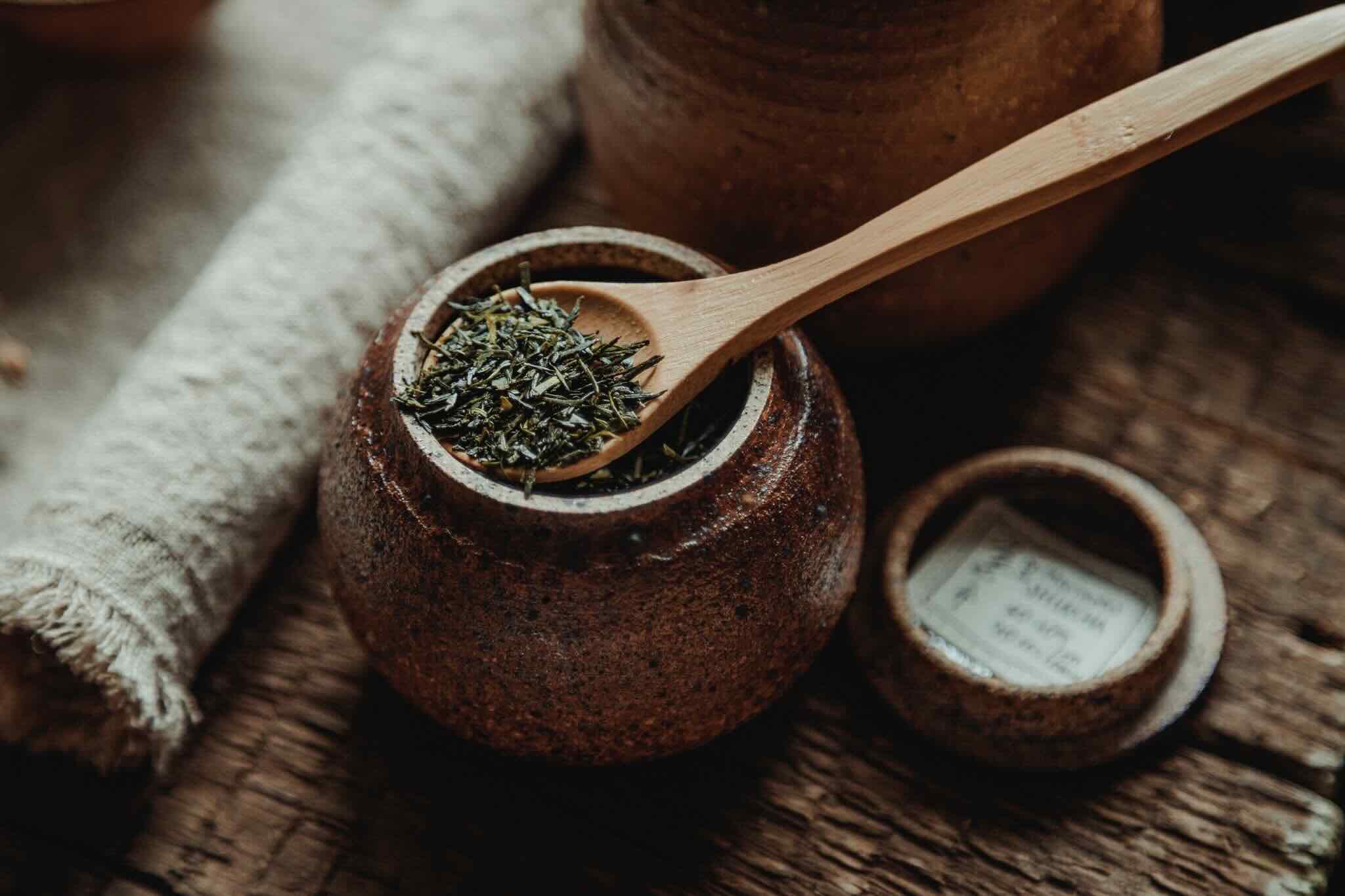
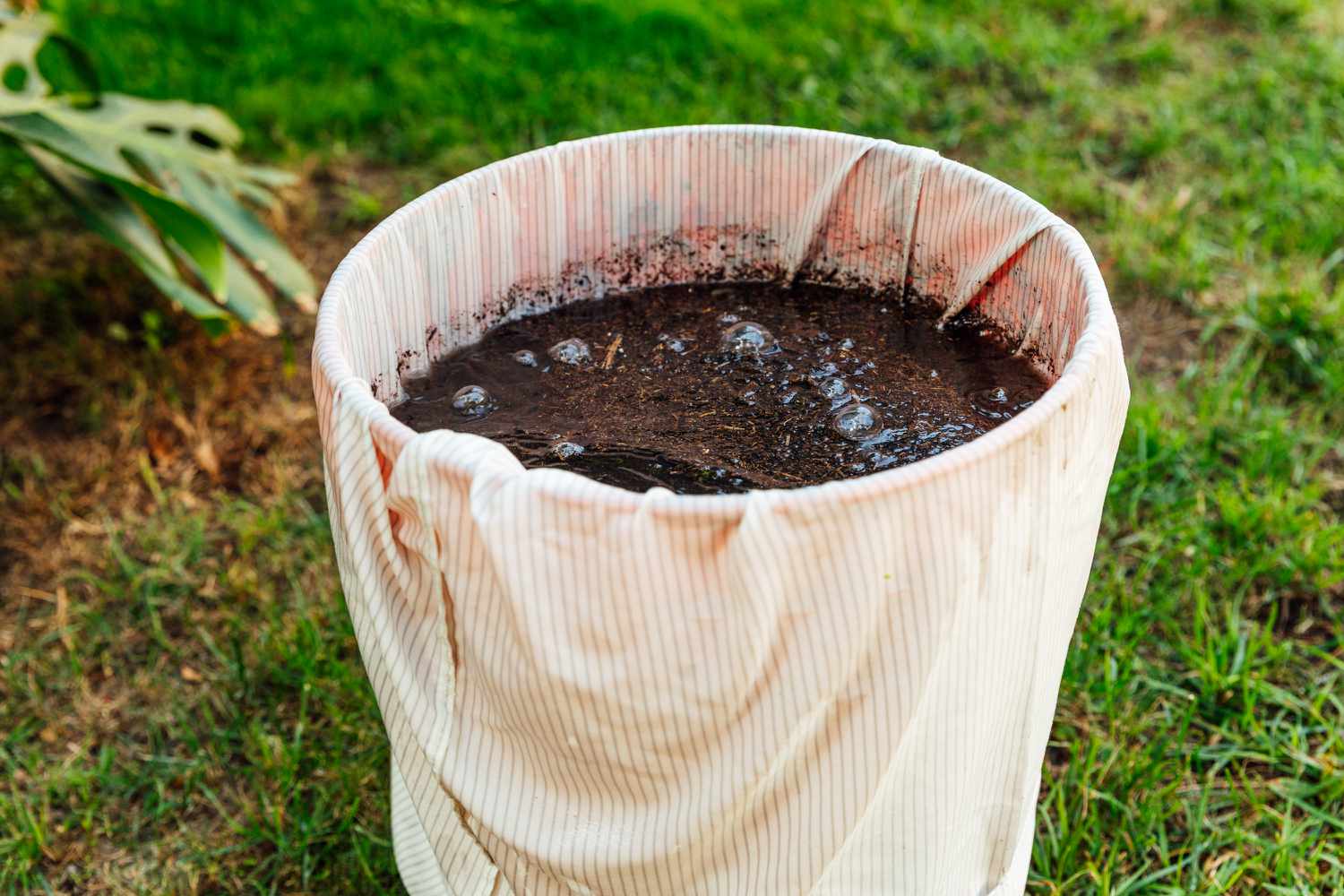
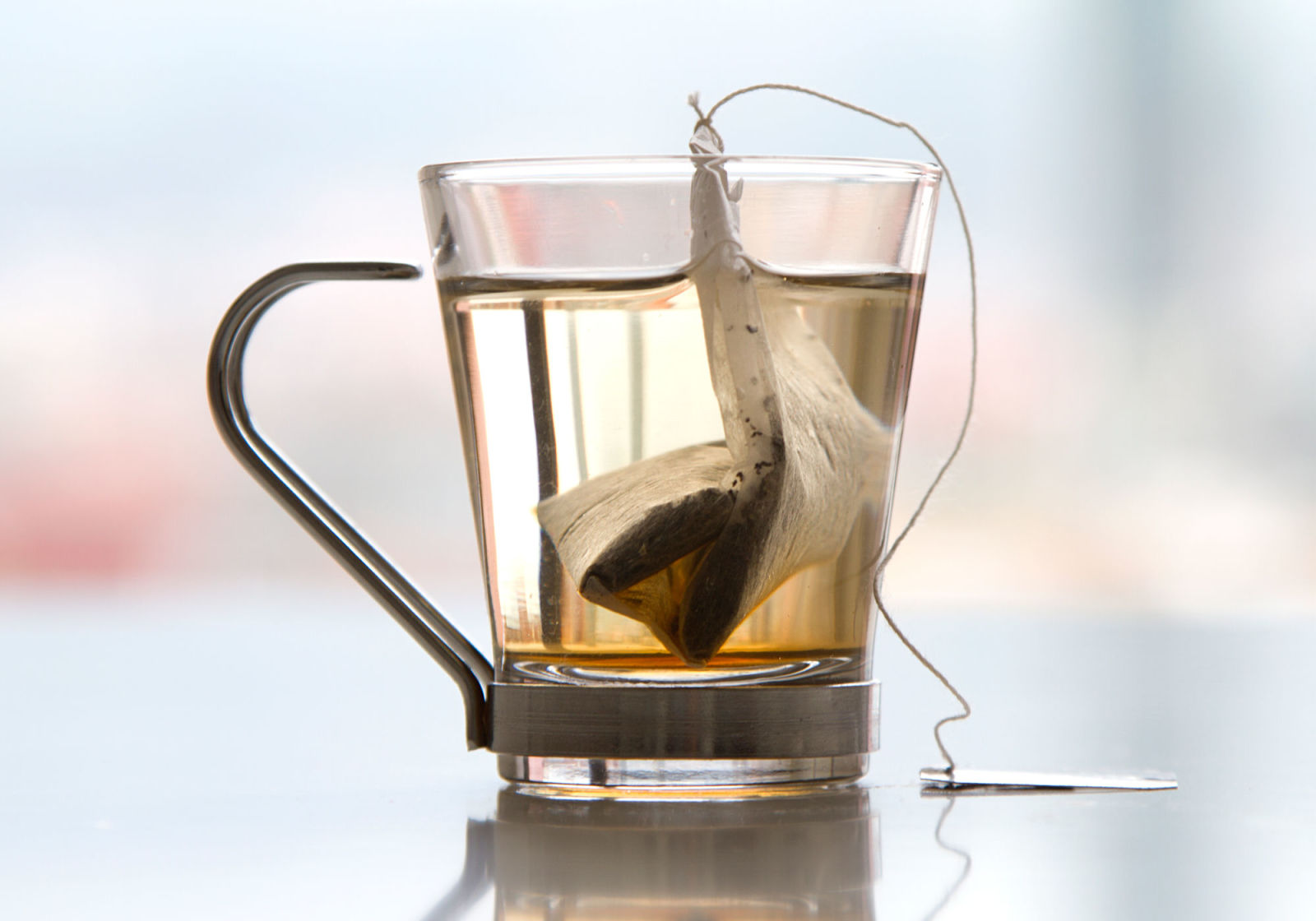
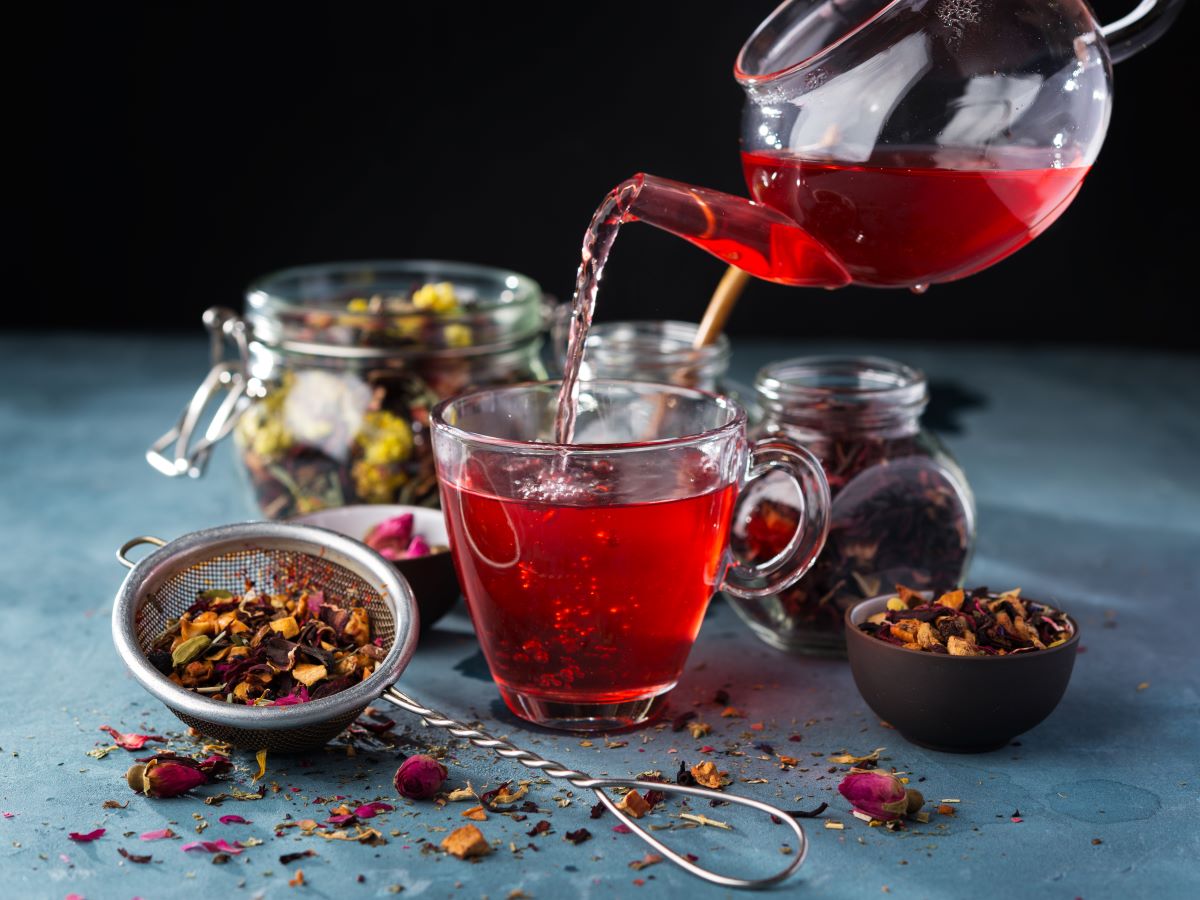
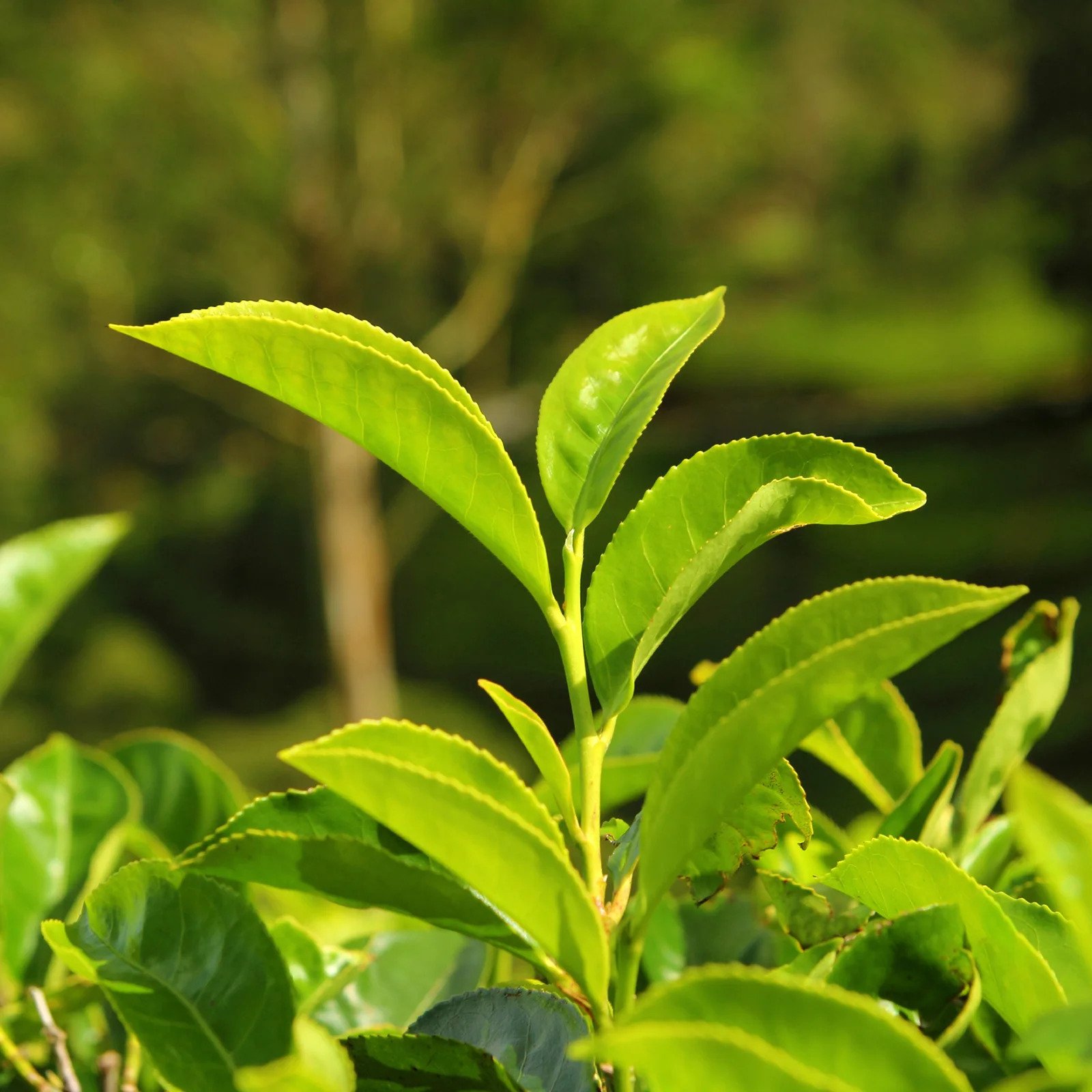
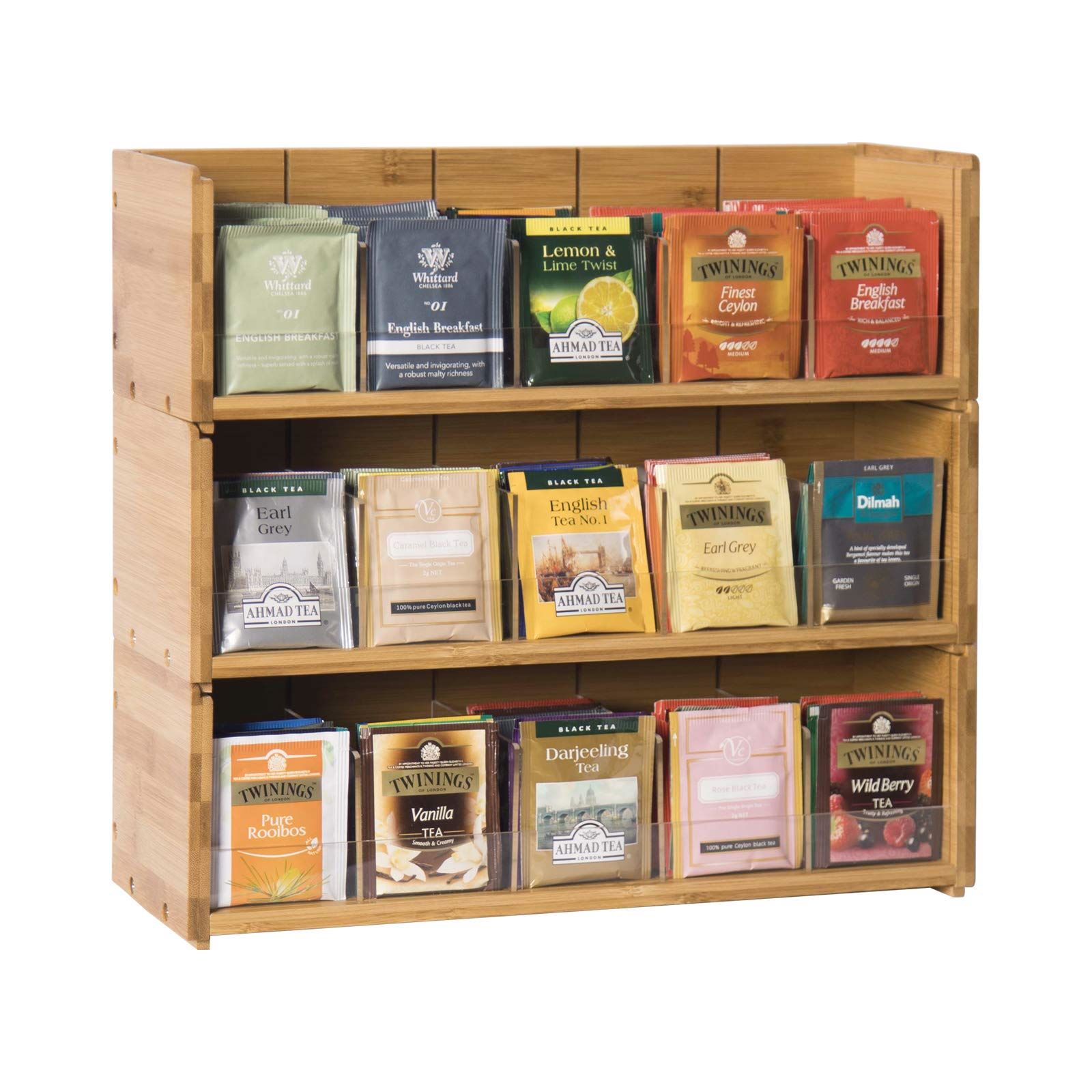
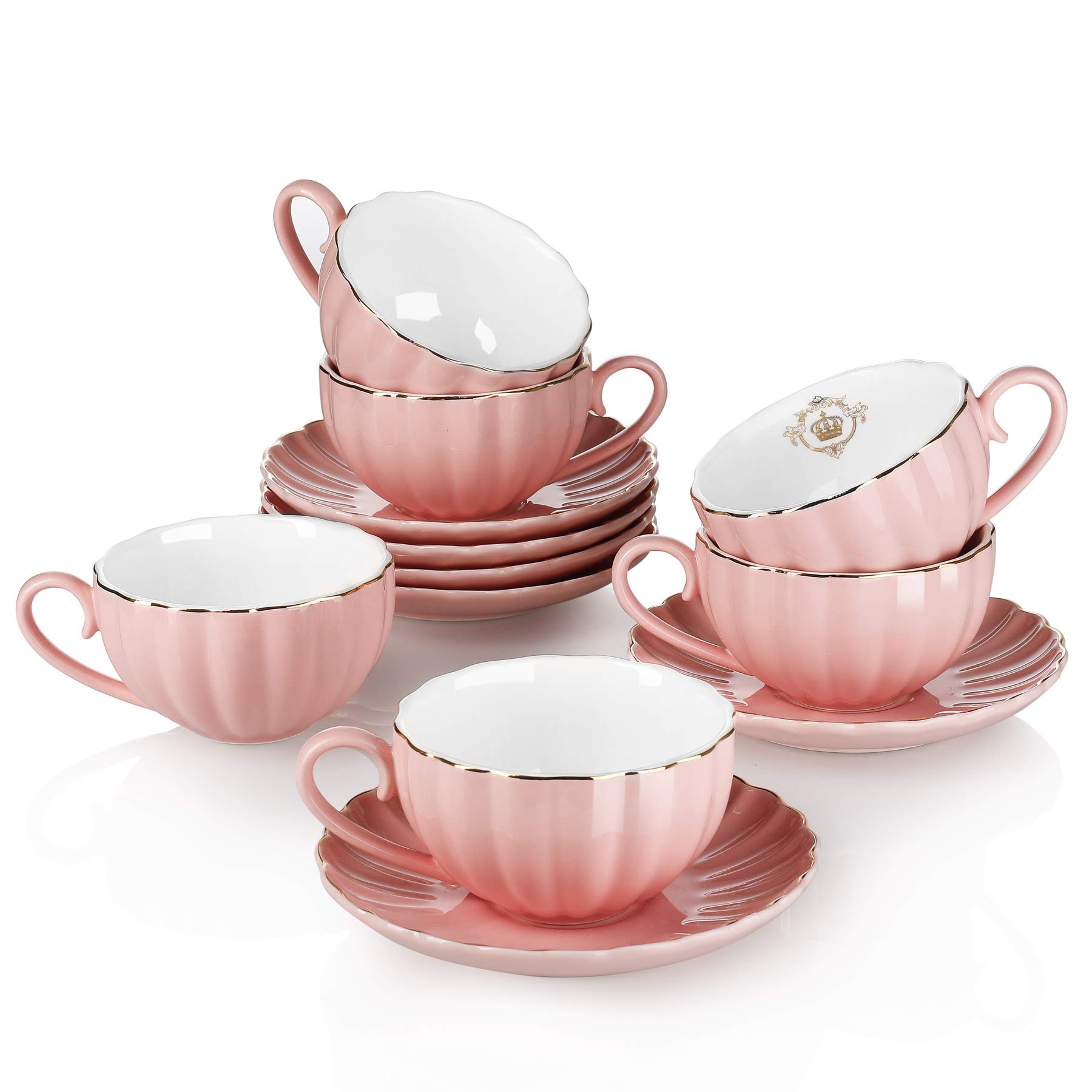
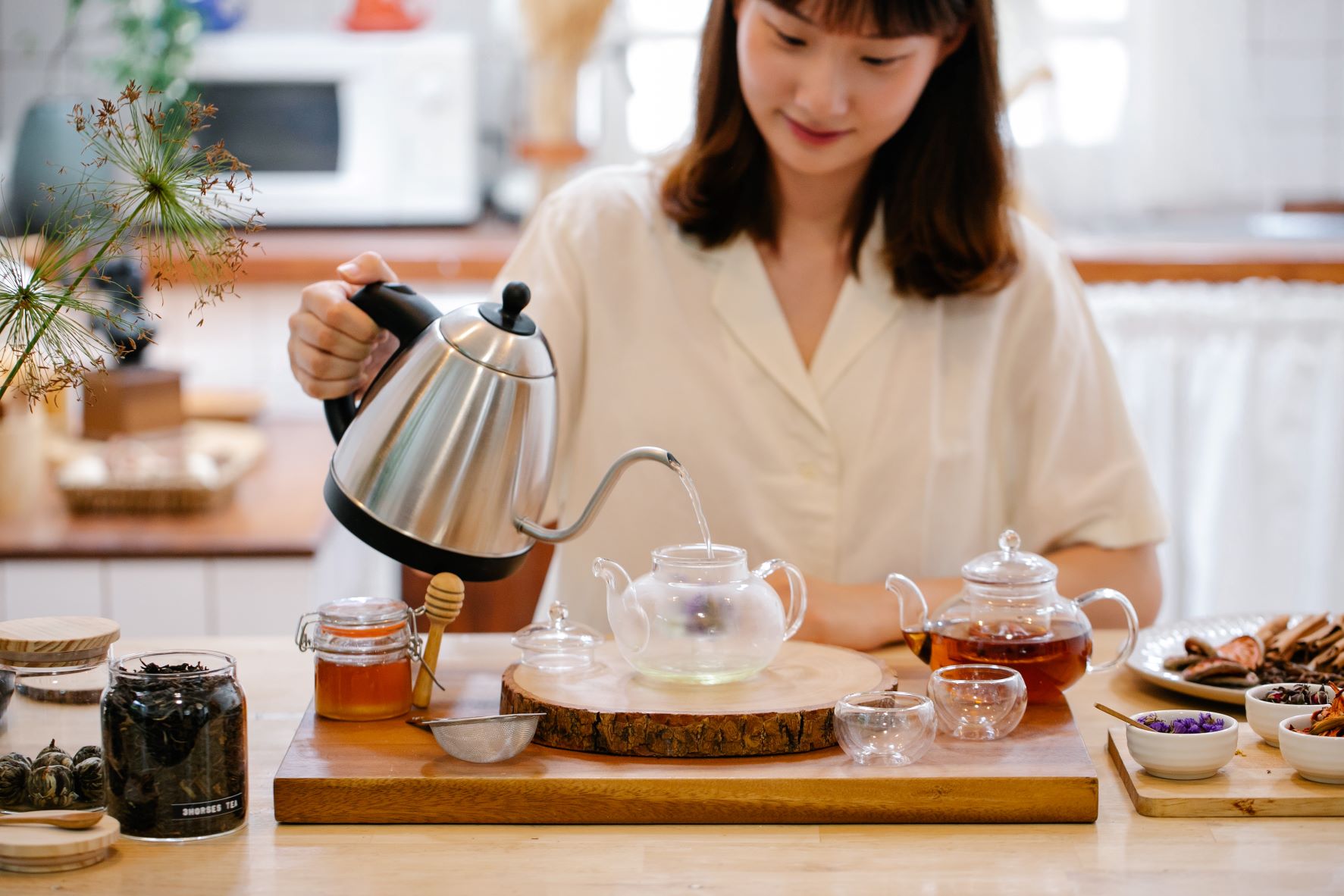
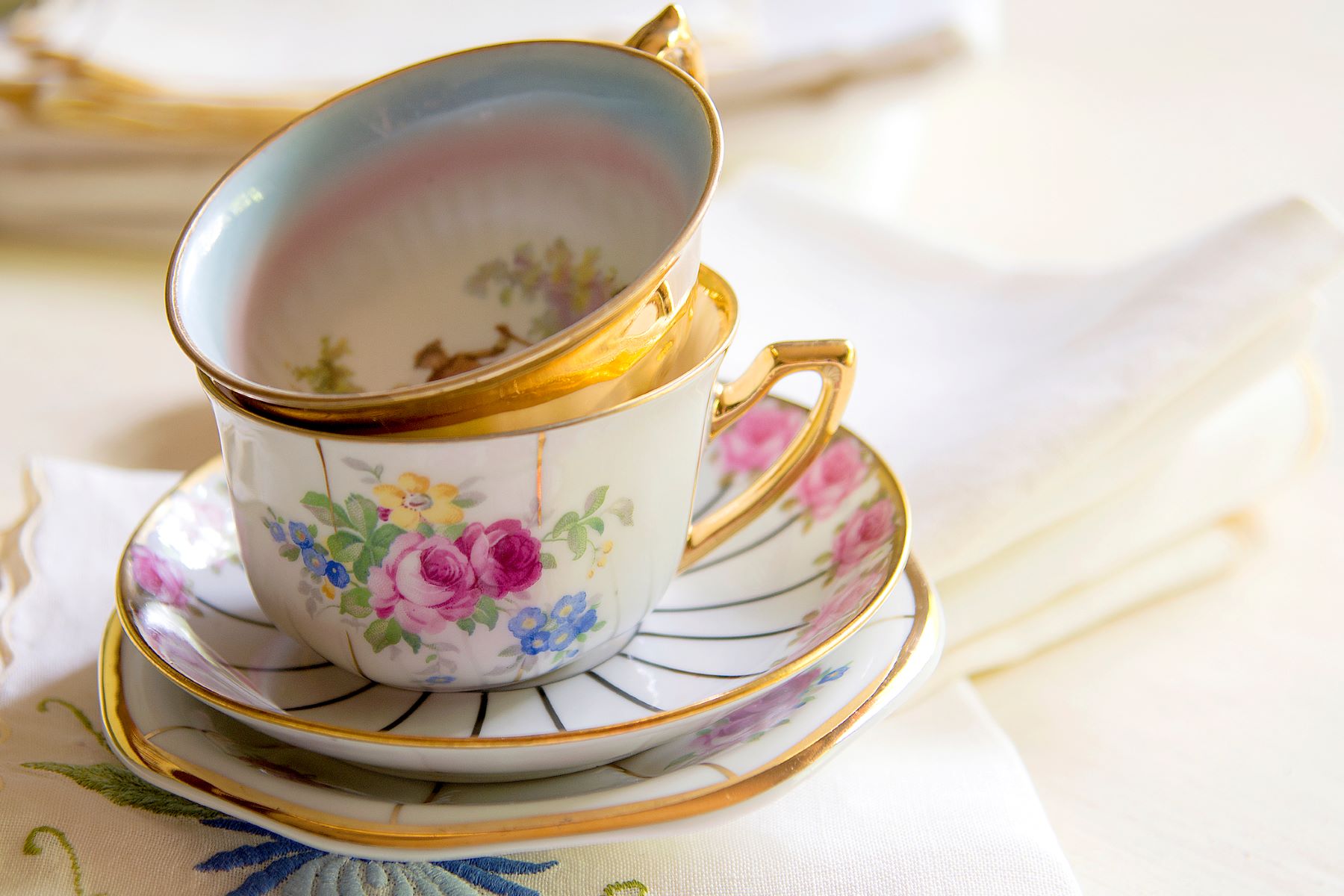

Thankyou for this information about pine tea and storage. My daughter gave me a live balsam pine for a Christmas tree. I plan to harvest it for tea instead of discarding it after Christmas.